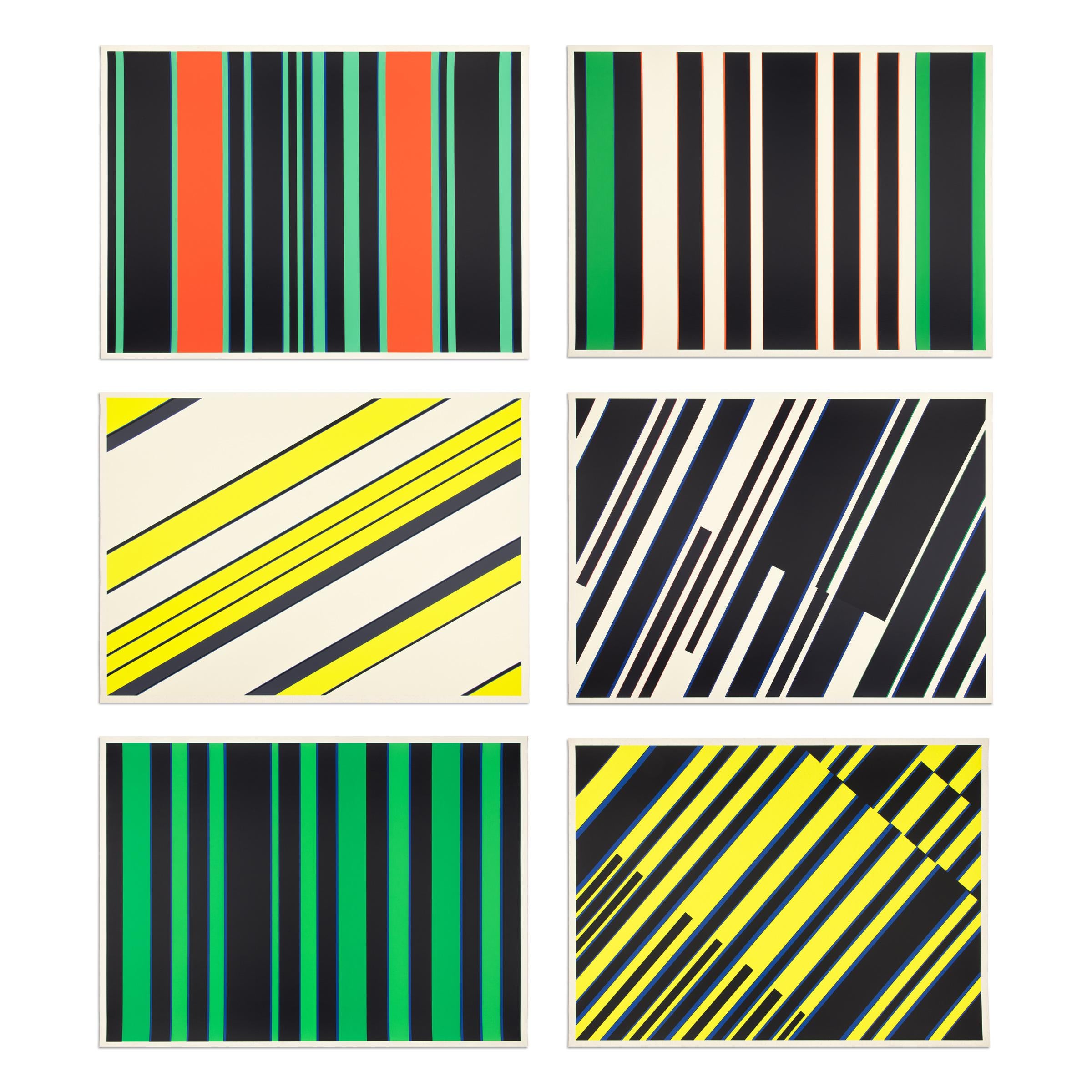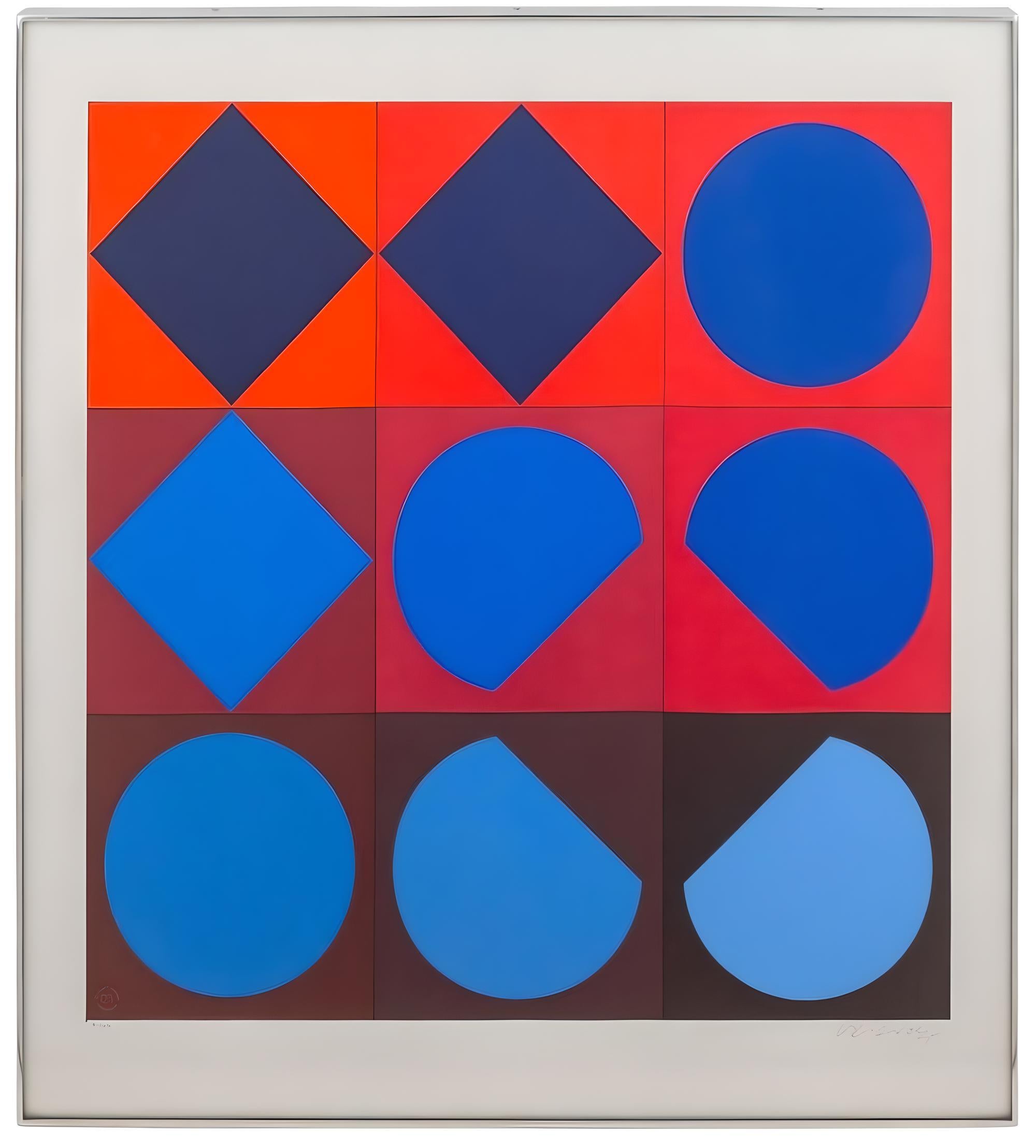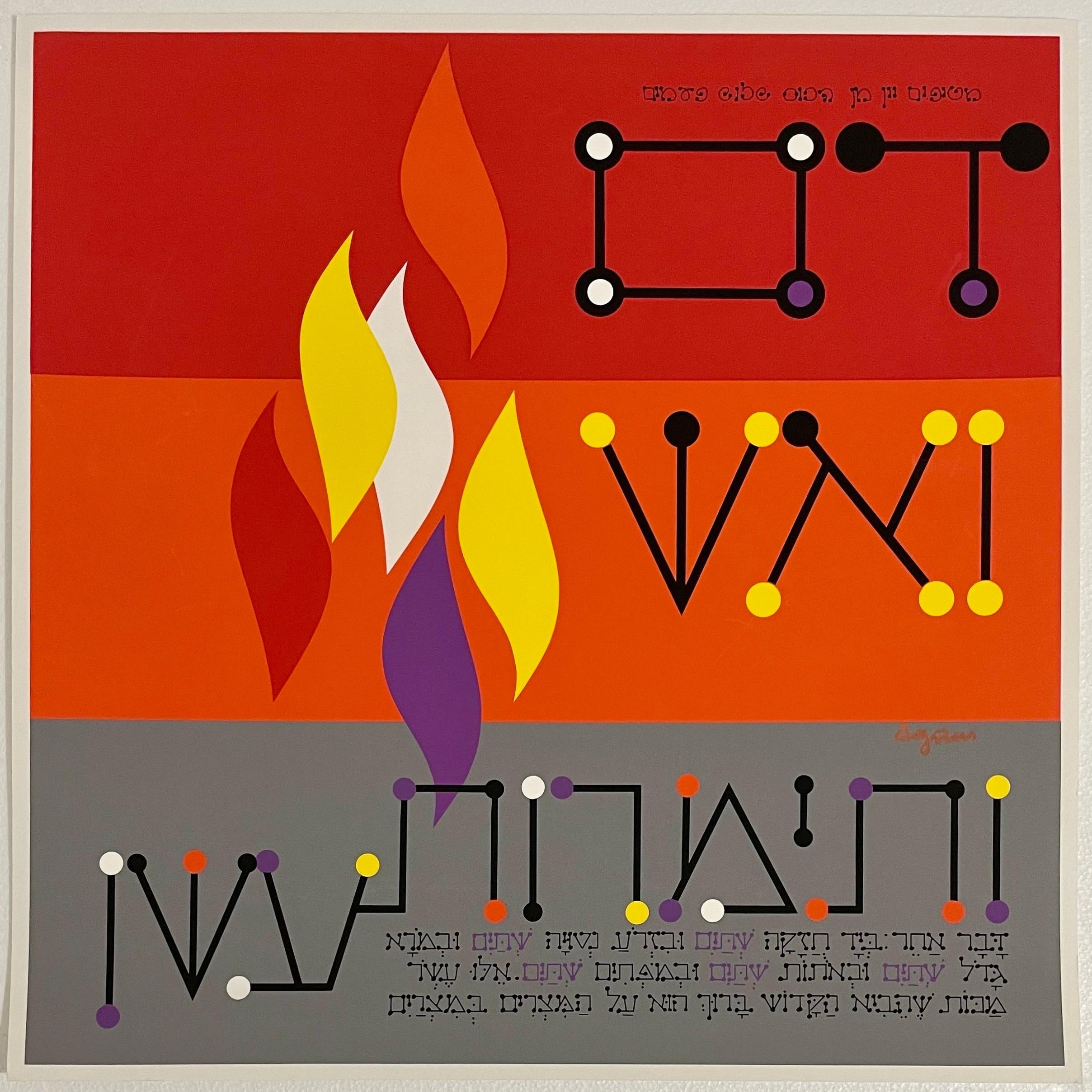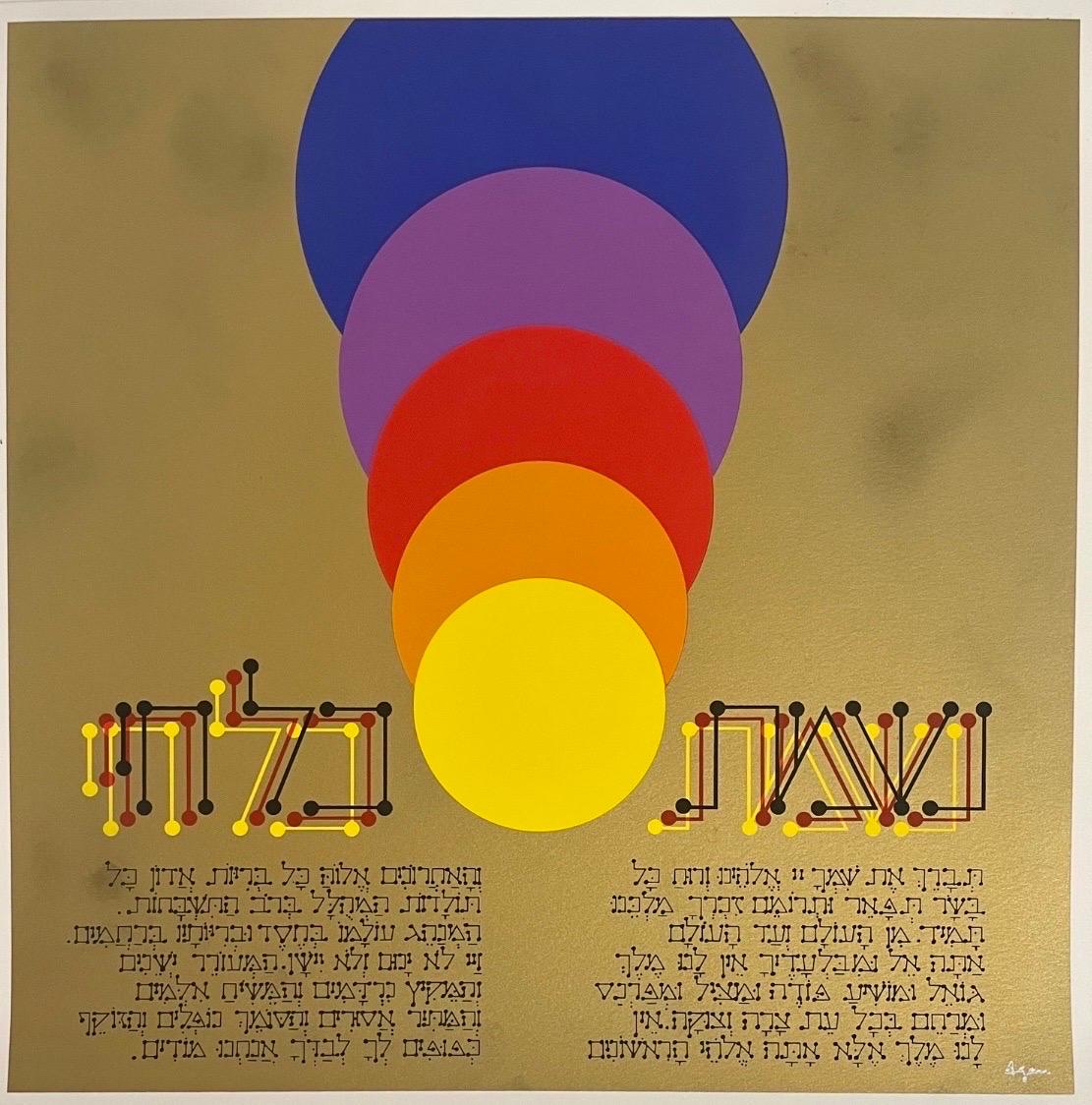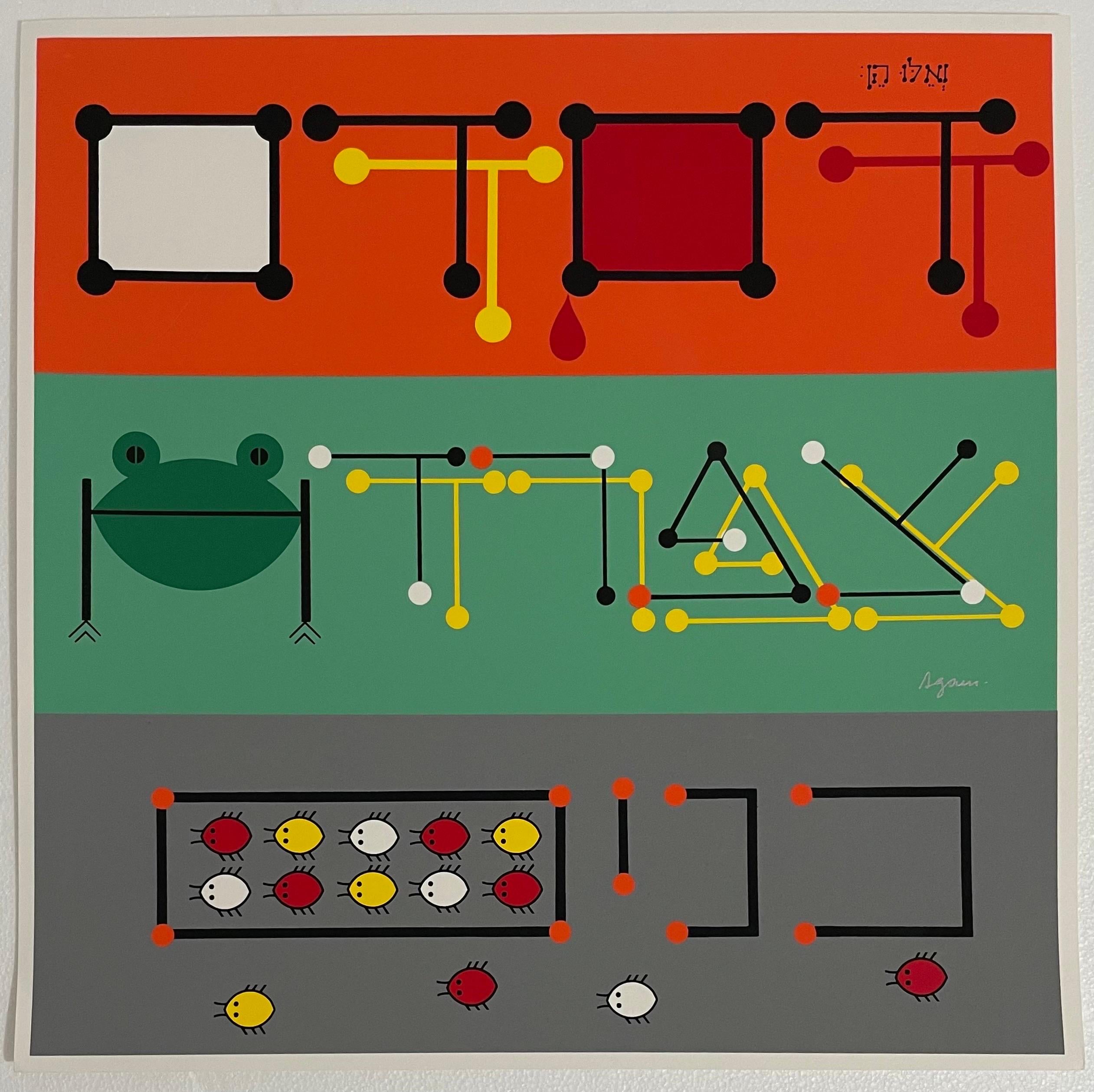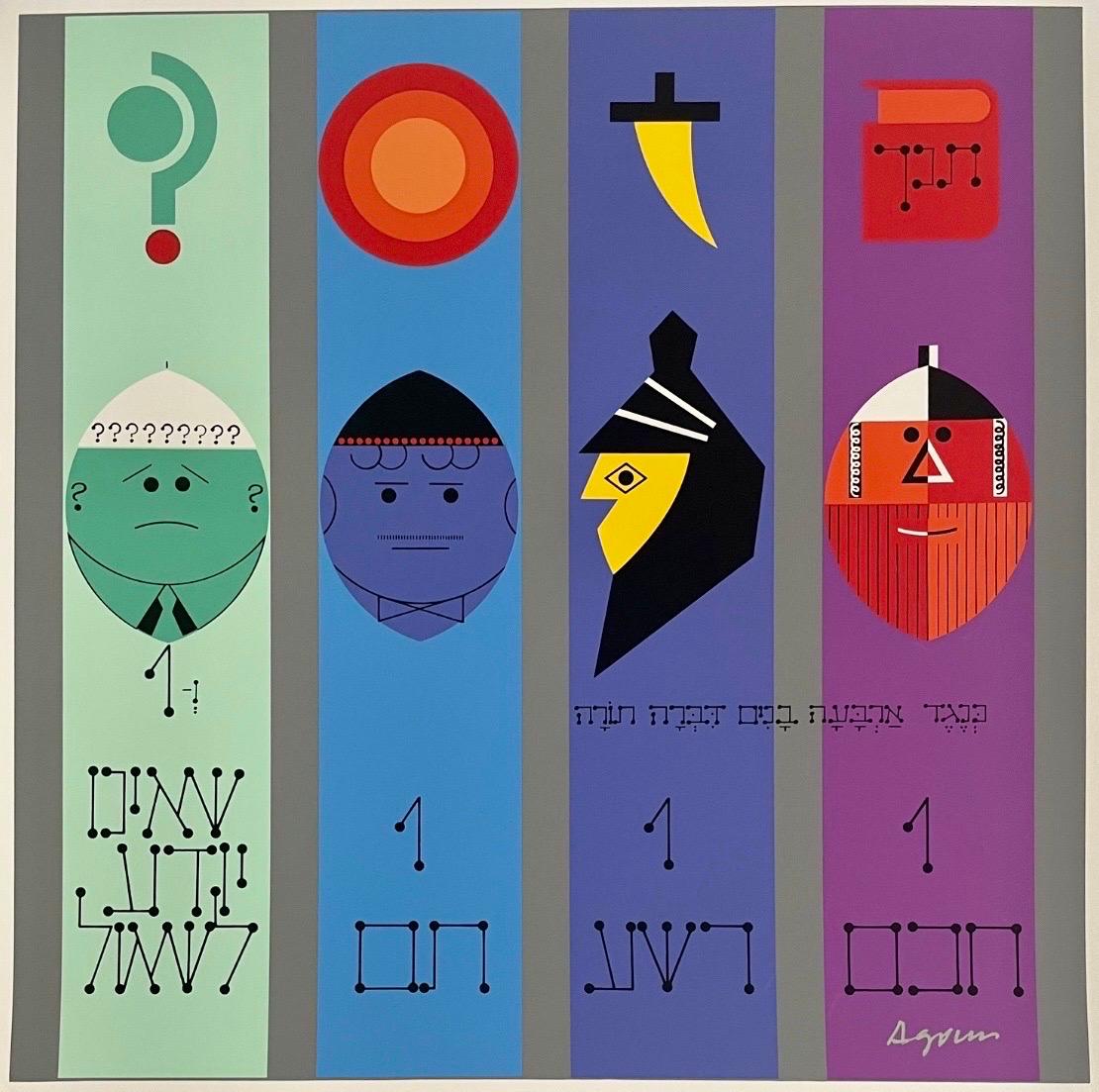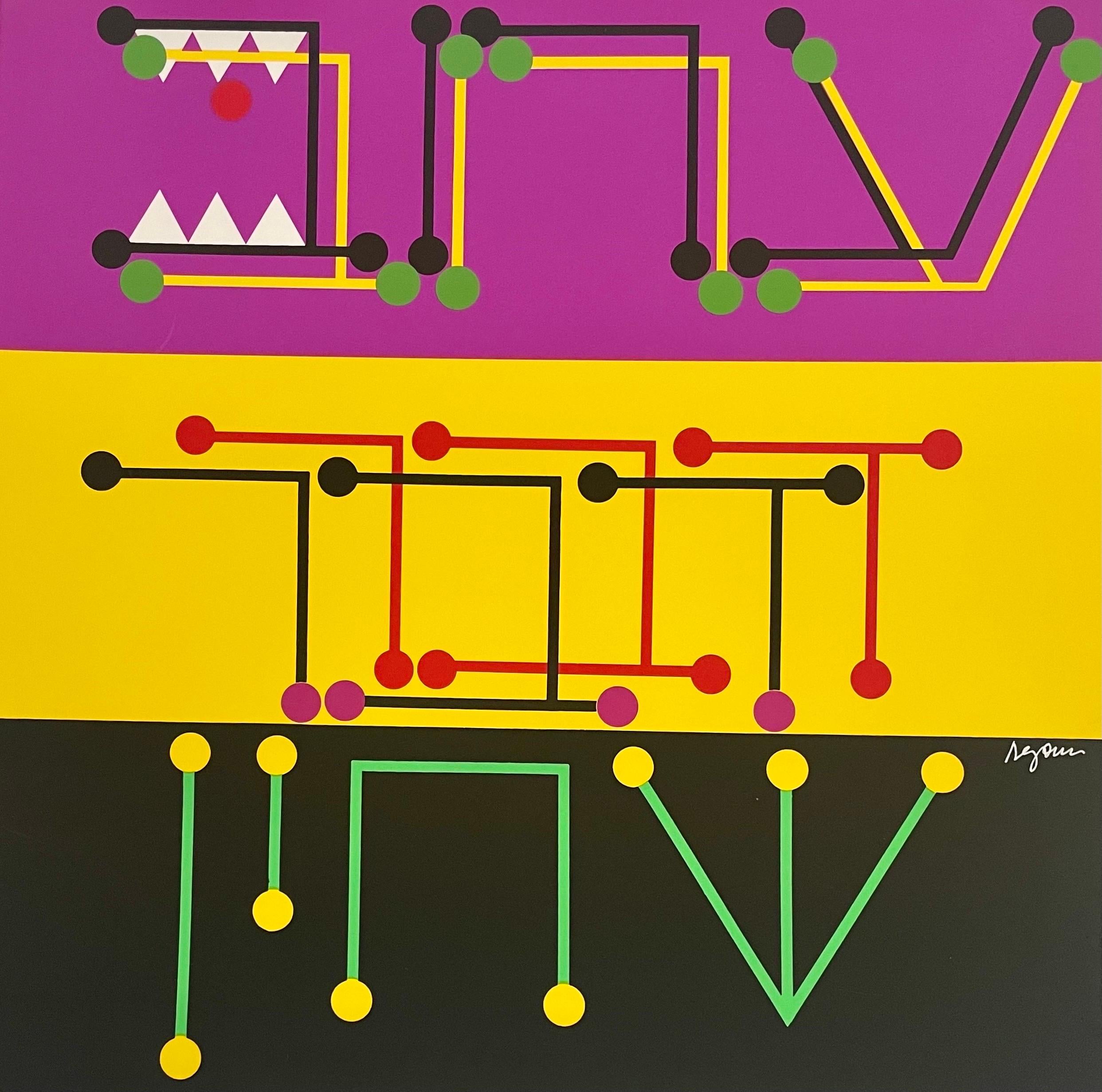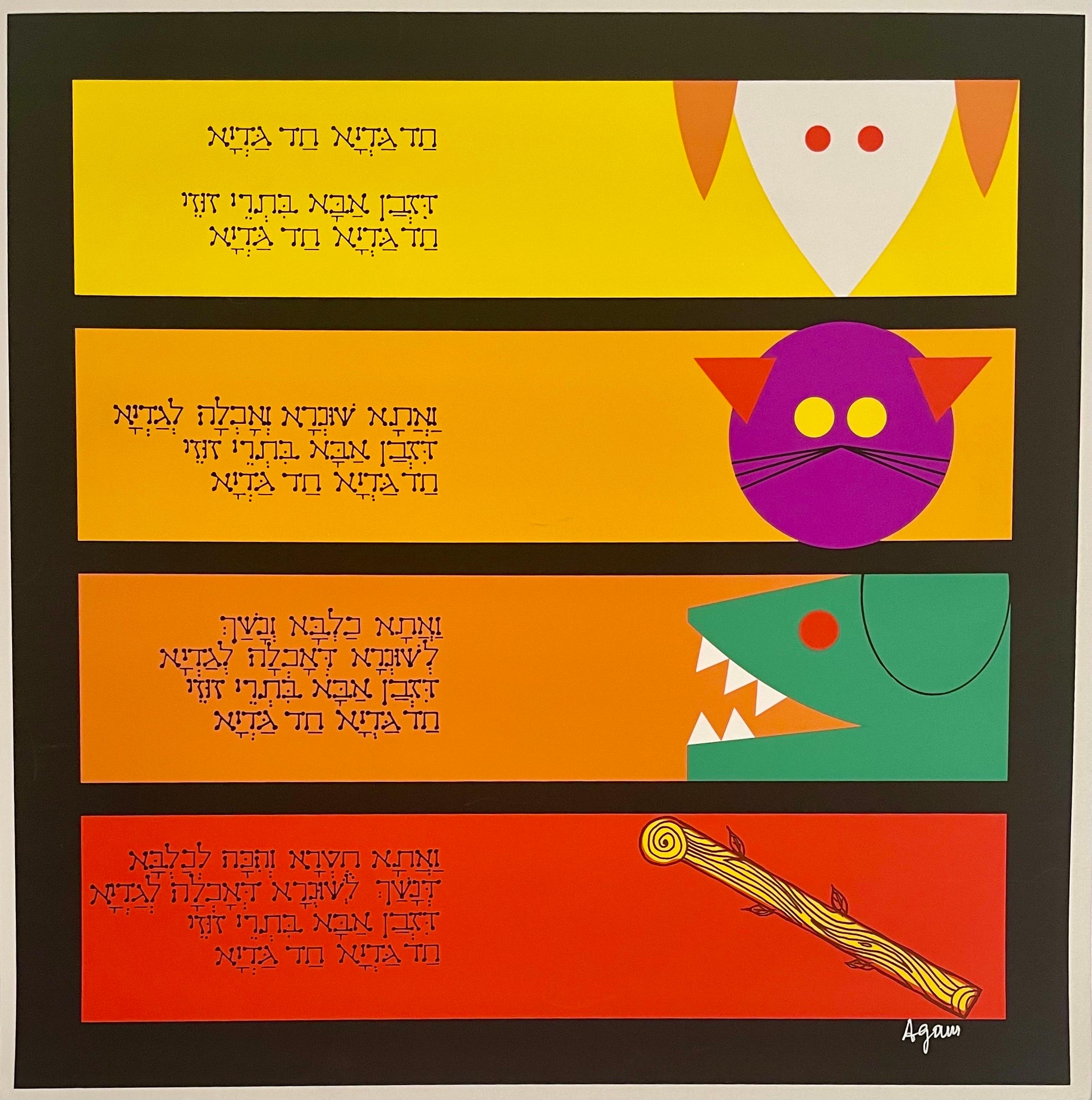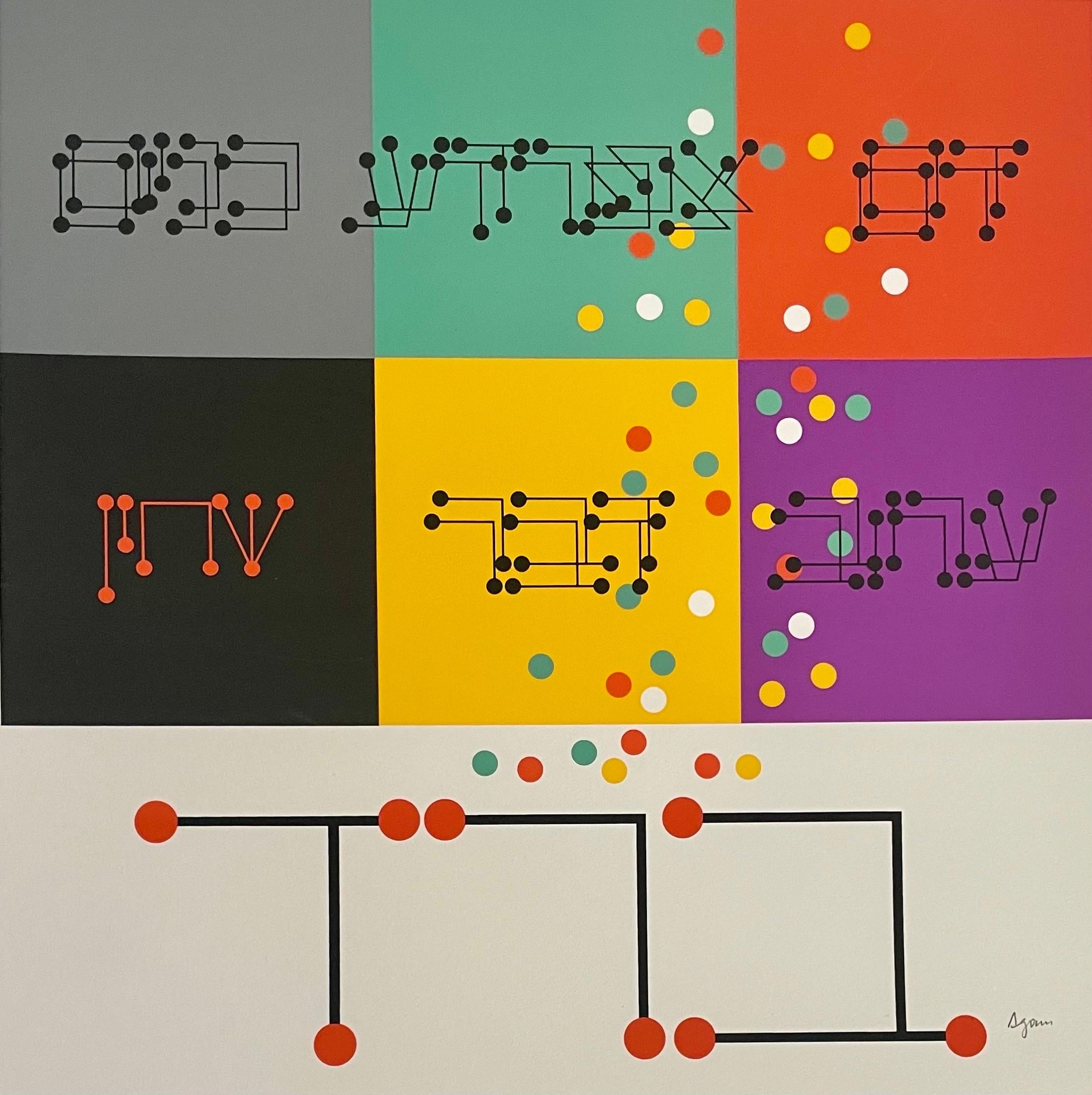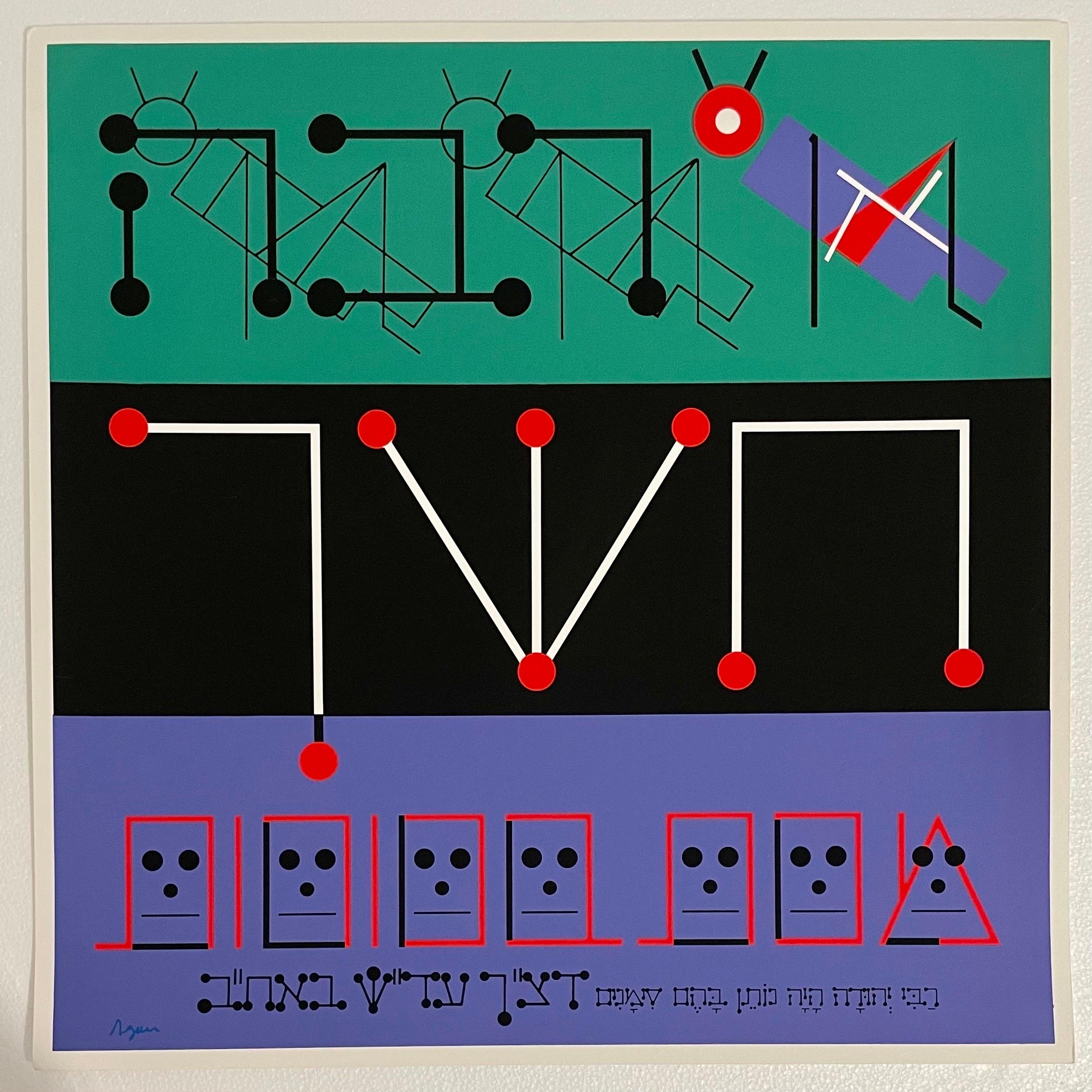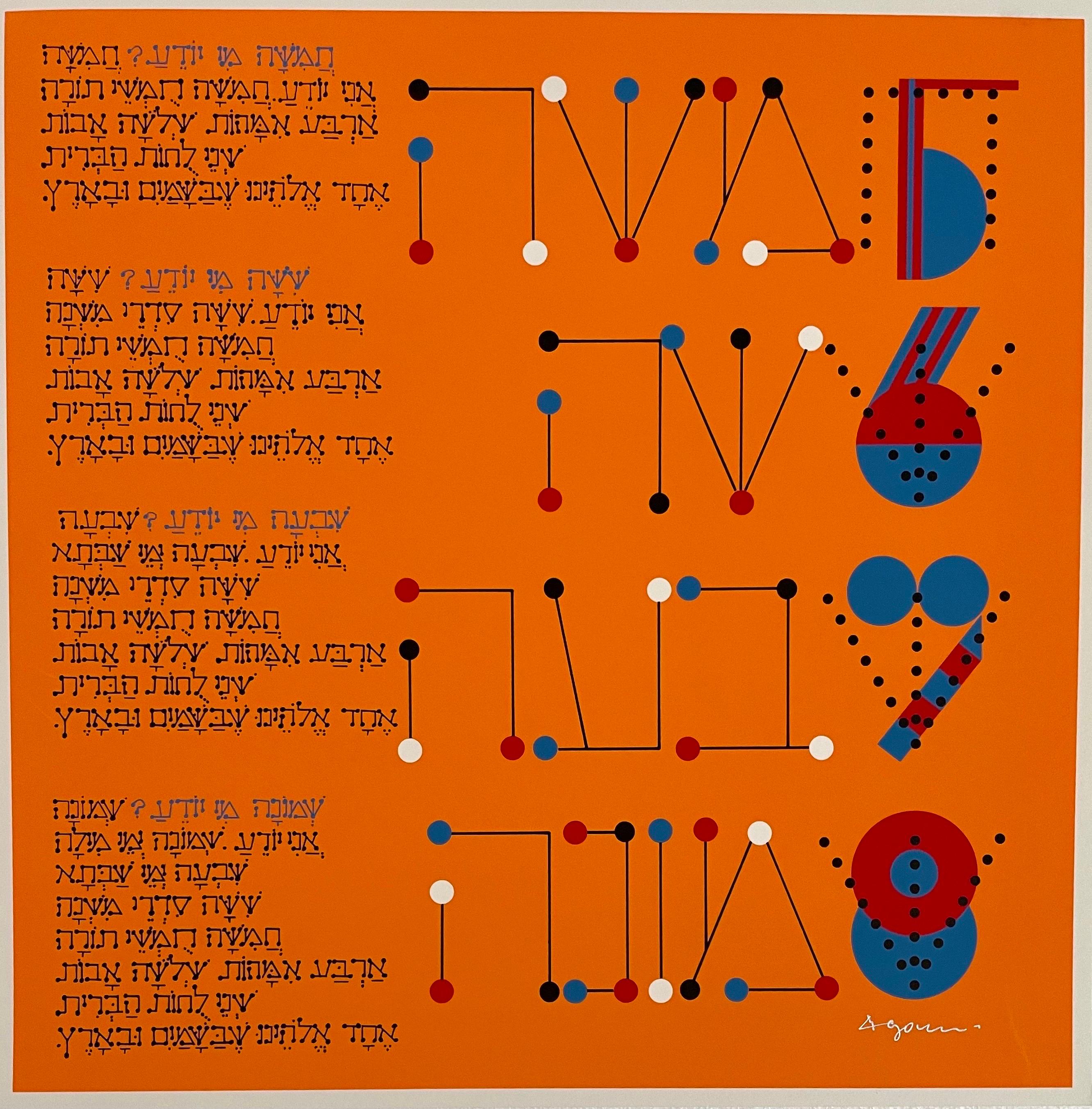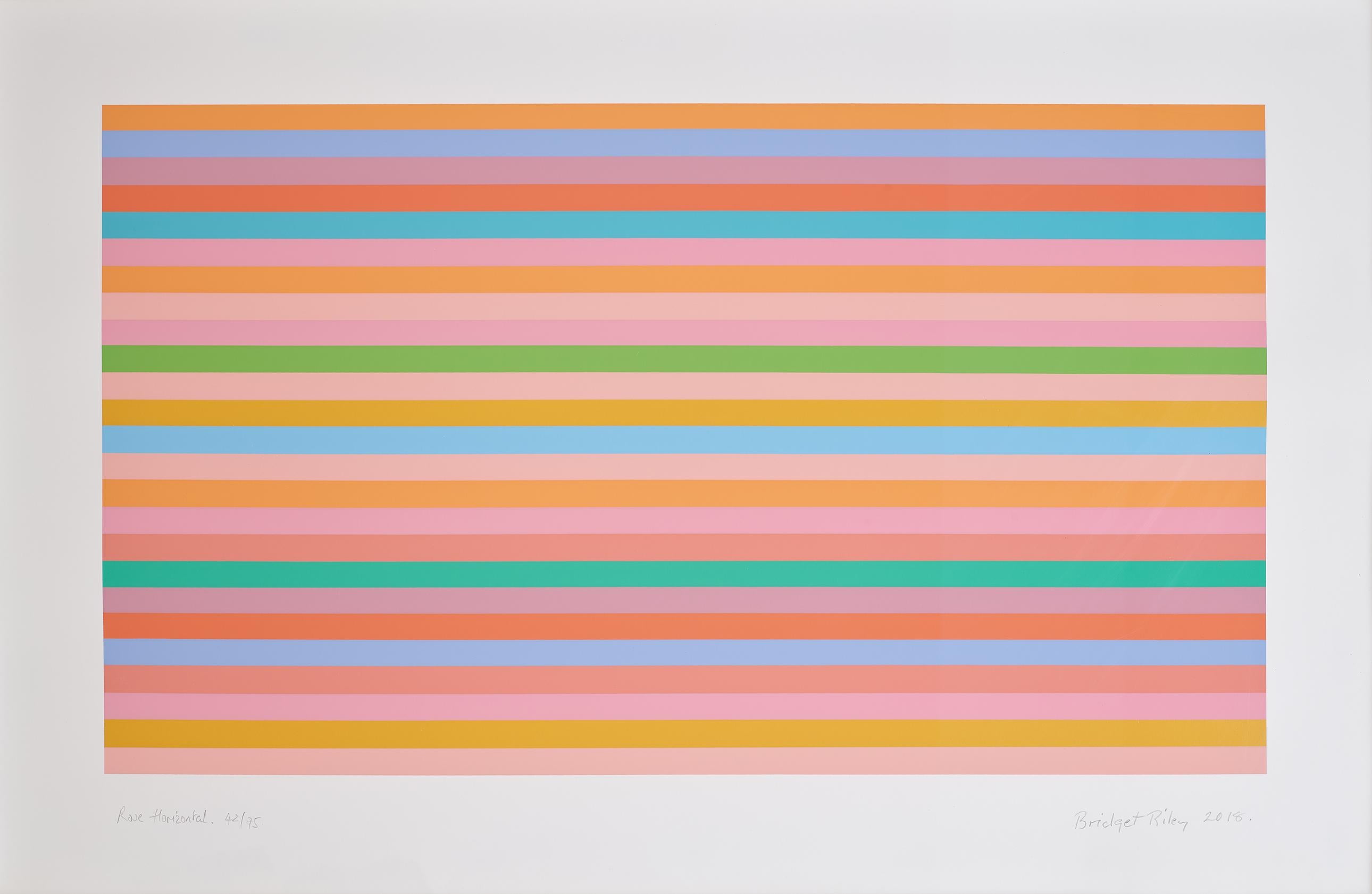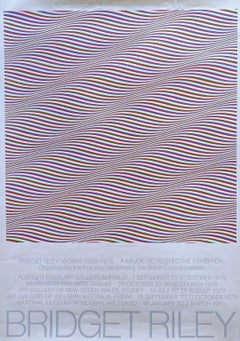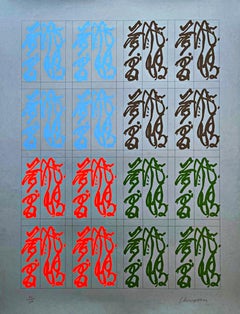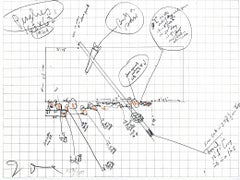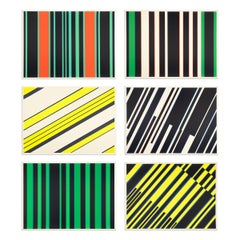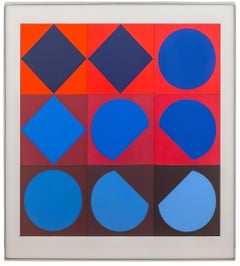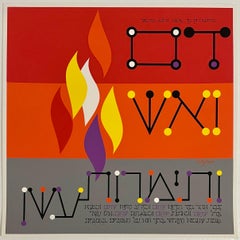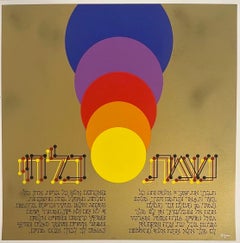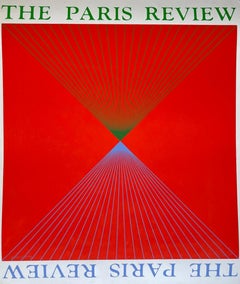
The Paris Review, signed and numbered 1960s Op Art geometric abstraction print
View Similar Items
Richard AnuszkiewiczThe Paris Review, signed and numbered 1960s Op Art geometric abstraction print1965
1965
About the Item
- Creator:Richard Anuszkiewicz (1930, American)
- Creation Year:1965
- Dimensions:Height: 31 in (78.74 cm)Width: 26 in (66.04 cm)
- Medium:
- Movement & Style:
- Period:
- Condition:A bright, dazzling impression in very good condition. Unframed.
- Gallery Location:New York, NY
- Reference Number:1stDibs: LU1745214041412
Richard Anuszkiewicz
“I’m interested,” Richard Anuszkiewicz (1930–2020) once said, “in making something romantic out of a very, very mechanistic geometry.” Anuszkiewicz sought to achieve this romance through works juxtaposing vibrant colors in geometric configurations. The perceptual effects he created helped define the American Op art movement.
Anuszkiewicz studied color theory at Yale under Josef Albers and was greatly influenced by Albers’s approach. “The image in my work has always been determined by what I wanted the color to do,” Anuszkiewicz explained in a 1974 catalogue. “Color function becomes my subject matter, and its performance is my painting.”
He departed from his mentor, however, in the pulsating, illusory qualities he gave his work. One of his most famous paintings, Deep Magenta Square (1978), although similar in composition to Albers’s “Homage to the Square” series, is distinctly Op art in the way the striations surrounding the central square seem to vibrate and jump off the canvas.
Anuszkiewicz spent his entire career exploring optical effects through the manipulation of line and color, producing spectacular and timeless pieces of art. “Working with basic ideas will always be exciting,” he said in 1977. “And if a color or form is visually exciting in any profound sense, it will be that way in 10 or 20 years from now.”
Browse a variety of paintings and prints by Richard Anuszkiewicz at 1stDibs.
More From This Seller
View AllEarly 2000s Op Art Abstract Prints
Lithograph, Offset
1970s Op Art Abstract Prints
Offset, Lithograph
1970s Abstract Abstract Prints
Screen, Pencil, Graphite
1970s Pop Art Abstract Prints
Rag Paper, Screen, Pencil
1980s Abstract Expressionist Abstract Prints
Graphite, Screen
2010s Abstract Geometric Abstract Prints
Offset, Graphite, Pencil, Lithograph
You May Also Like
20th Century Op Art Abstract Prints
Screen
1960s Op Art Abstract Prints
Screen
1980s Op Art Abstract Prints
Lithograph, Screen
1980s Op Art Abstract Prints
Lithograph, Screen
1980s Op Art Abstract Prints
Lithograph, Screen
1980s Op Art Abstract Prints
Lithograph, Screen
Recently Viewed
View AllRead More
Get to Know the Artists Who Led the Op Art Movement
In the 1960s and '70s, the hypnotic creations of Op artists went mainstream and influenced the look of pop culture.
Welcome (Back) to the Wild, Wonderful World of Walasse Ting
Americans are rediscovering the globe-trotting painter and poet, who was connected to all sorts of art movements across a long and varied career.
